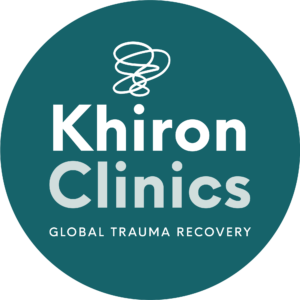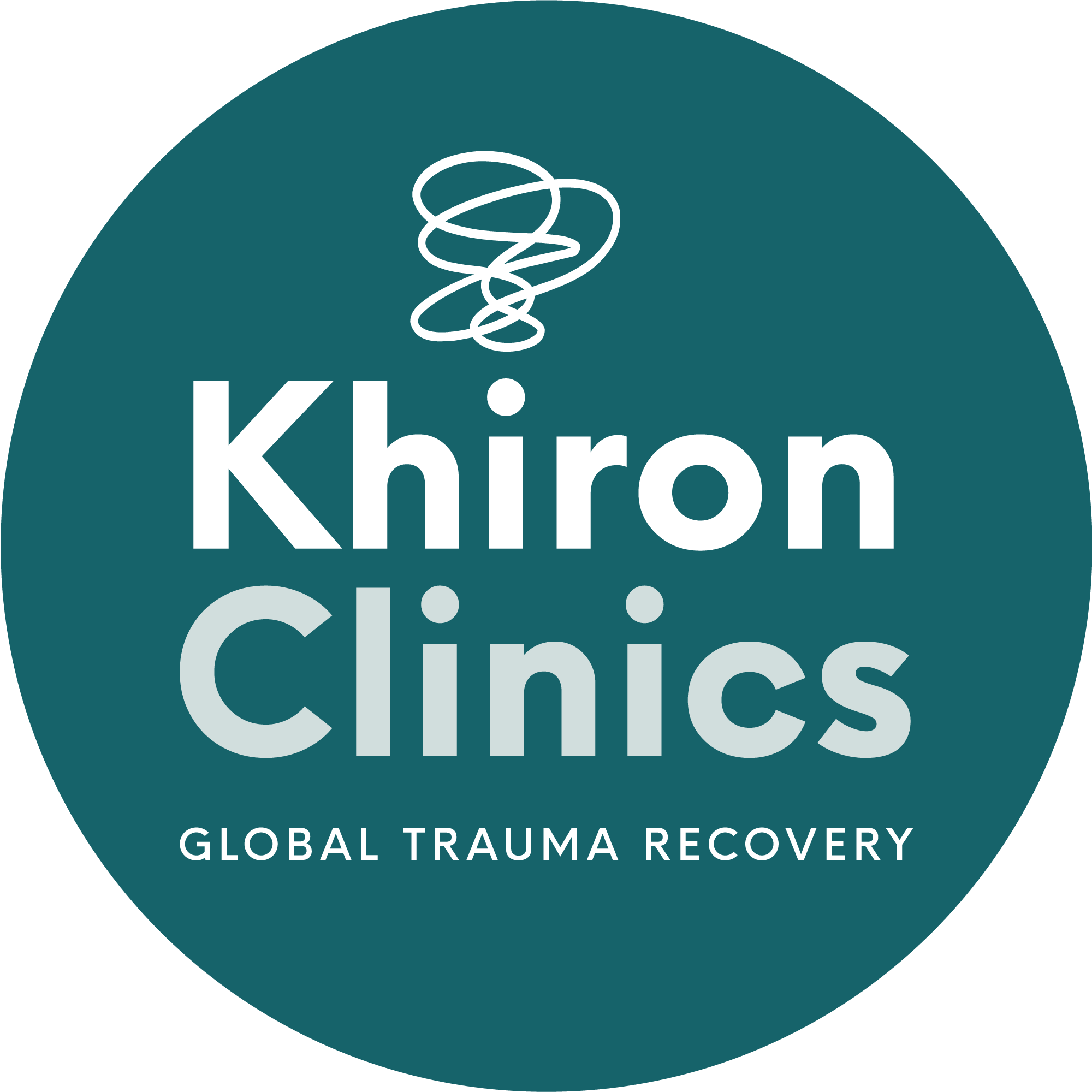Trauma denial acts as a defence mechanism, shielding you from emotional pain. For many, taking the first step toward recovery is the most challenging part. Confronting the layers of distress, pain, and fear tied to the traumatic event can stir up painful memories and sensations, and denial often emerges as a natural response.
While it may serve as an emotional and mental shield, disconnecting you from the emotions, memories and discomfort of the trauma, it ultimately hinders the healing process, preventing you from addressing and overcoming the underlying pain.
What Is Trauma Denial?
Trauma denial is when a person unconsciously avoids acknowledging the existence, impact, or severity of a traumatic event. This denial can manifest in various ways, such as minimising the trauma, refusing to talk about it, or convincing oneself that the event didn’t happen or wasn’t as bad as it truly was.
Why Do We Experience Trauma Denial?
Trauma denial occurs due to the brain’s attempt to protect us from overwhelming stress and emotional pain. The brain’s primary function is to ensure survival, and when faced with a traumatic event, it can perceive the intense emotions associated with that event as a threat to its stability and effective functioning.
Trauma is an emotional response to distressing events, which is sometimes categorised into “big T” and “little t” traumas. “Big T” traumas involve catastrophic or life-threatening experiences like childhood abuse, serious accidents, natural disasters, or combat, often leading to conditions like PTSD. In contrast, “little t” traumas, though less obvious and extreme, can be equally impactful. These include personal life disruptions such as job loss, bullying, or unexpected moves. Despite being less recognised, “little t” traumas can significantly affect a person’s emotional well-being, often going unnoticed or minimised.
All kinds of trauma can result in trauma denial, but for those experiencing this disconnection and minimisation of the trauma, it may be helpful to recognise the wide range of experiences that can be traumatic. Just because an event didn’t cause lasting physical damage, it doesn’t mean it hasn’t caused lasting psychological wounds.
Effects and Signs of Trauma Denial
There are several ways that trauma denial can manifest:
Emotional Detachment
The person may appear distant or emotionally flat when discussing or recalling the traumatic event. They might describe the event in a matter-of-fact way, without showing the emotions typically associated with such experiences.
Avoidance Behaviours
The individual might go out of their way to avoid reminders of the trauma, such as places, people, or activities associated with the event. This can include avoiding therapy or refusing to engage in conversations that might bring up the trauma.
Physical Symptoms
Trauma denial can manifest in physical symptoms, such as headaches, fatigue, or unexplained pain, which may occur when the person is subconsciously reminded of the trauma.
Inconsistent Memories
The person may have gaps in their memory or inconsistent recollections of the traumatic event. They might describe the event differently at different times or express confusion about the details.
Irritability or Anxiety
When confronted with the trauma or asked to talk about it, the individual might become irritable, anxious, or defensive. This is a sign that the denial is being challenged, which can be unsettling for the person.
Unique Post-Traumatic Effects of Denial
There are some unique effects to this particular approach to coping, as there will be for each coping strategy a survivor adopts. Research suggests that in certain situations, people who minimise or deny their traumatic experiences may do so as a form of self-serving bias, which can act as a psychological defence mechanism.
This bias helps individuals maintain a positive self-image and sense of control, potentially shielding them from developing additional mental health issues, such as anxiety or depression. By downplaying the severity of the trauma, they may reduce the emotional impact and avoid the overwhelming feelings associated with it. However, while this coping strategy might offer short-term protection, it can also prevent individuals from fully processing their trauma, which might lead to unresolved issues in the long term.
Things that have remained buried for years, or even decades, can resurface in moments we do not expect it to. This can happen for a number of reasons; firstly the body holds on to unprocessed trauma until we are safe, secure and steady enough for it to be processed and released. This means adults in their 30s, 40s, or 50s who experienced a traumatic event in childhood or adolescence may begin experiencing distressing, confusing symptoms, such as anxiety, depression, or even physical ailments, triggered by seemingly unrelated events in their current lives.
This phenomenon is closely linked to the way our nervous system processes and stores traumatic experiences. When we finally reach a place of safety and stability, our nervous system takes the opportunity to address unfinished business from the past. However, this process can be unsettling, as old, unprocessed trauma resurfaces, often in moments when everything seems to be going right. This is because the body, having found a safe environment, begins to release the pent-up energy and emotions from those past traumas, causing a sudden influx of unresolved feelings and reactions. As a result, what should be a time of peace and happiness can unexpectedly turn into a period of emotional turmoil, leading some to sabotage the very stability they worked so hard to achieve. This cycle underscores the importance of consciously addressing and processing past traumas, rather than simply burying them, to truly heal and maintain long-term well-being.
Approaches To Healing
Healing from trauma requires addressing both the mind and body, as trauma often manifests through bodily sensations and reactions that survivors may not consciously recognise. These physical responses can be triggered by reminders of the trauma, causing a sense of threat to one’s safety. Over time, survivors may develop coping mechanisms like controlling food, self-harm, or substance use to numb their emotions and avoid these distressing sensations. However, these methods only serve as temporary relief and do not address the root of the trauma.
A combined “top-down” and “bottom-up” therapeutic approach is essential for helping survivors develop new coping skills to manage overwhelming emotions effectively. This approach focuses on understanding and processing feelings within the body, allowing trauma to be fully addressed. It reassures individuals that their behaviours are understandable given their experiences and offers a pathway to greater comfort and emotional regulation. Rather than being overwhelmed by shame or alienation due to their emotional reactions, survivors learn that there is a route to healing that is grounded in the body.
At Khiron Clinics, we embrace a bottom-up approach to trauma recovery, offering a variety of therapies that align with our Polyvagal-informed model. We carefully curate personalised programs that combine different modalities to meet the unique needs of each client. Drawing on the work of pioneers in trauma therapy such as Bessel van der Kolk, Janina Fisher, Stephen Porges, and others, we aim to stop the cycle of misdiagnosis and break the revolving door of treatment. Through our effective residential and outpatient therapies, we strive to enhance clients’ awareness, understanding, and sense of control throughout their recovery journey, ensuring lasting change and genuine empowerment in this deeply personal process.






